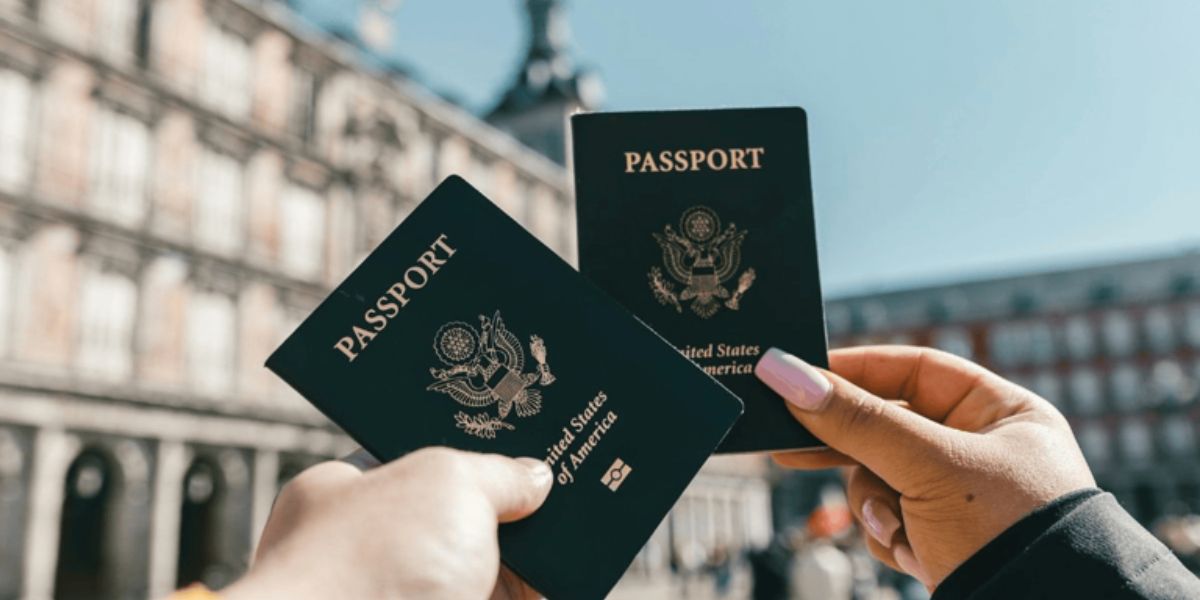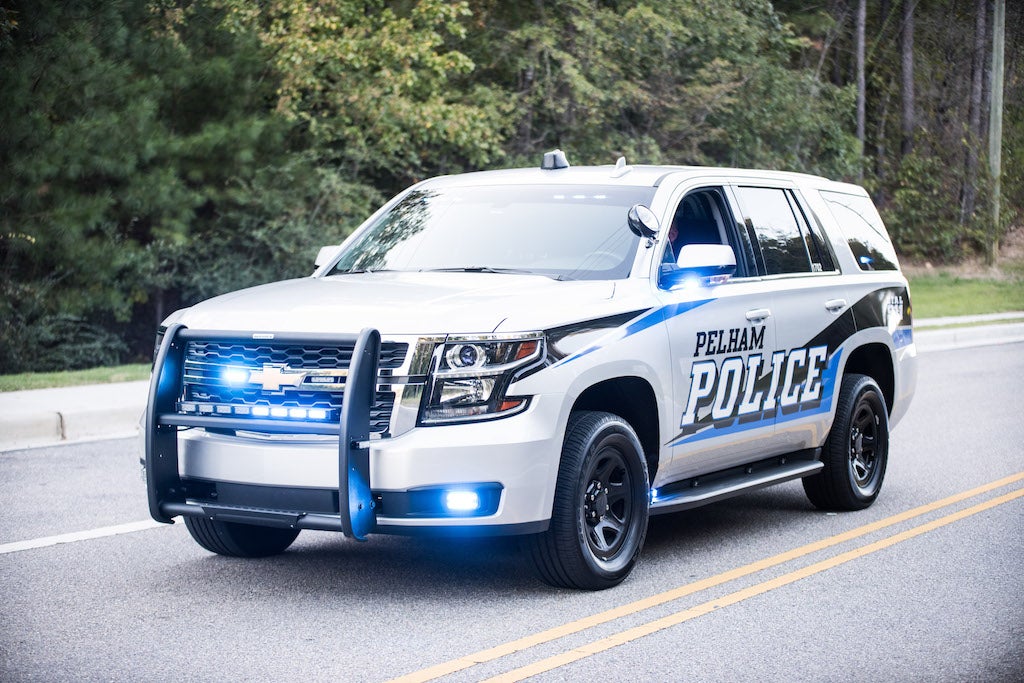This past May 7, the Real ID law finally went into effect. However, this rule has created a great deal of controversy and uncertainty for certain immigrant groups around the nation.
As you may be aware, new security and identity requirements—the renowned Real ID—have been put in place for everyone who wants to travel within the nation or enter federal institutions.
This paper has created a fair amount of doubt among the migrant population, despite the fact that it has no effect on anyone’s immigration status.
Why is the Real ID so crucial these days, and what does it actually mean?
A few years after 9/11, the Real ID Act was passed in 2005 with the intention of creating a federal minimum standard for identifications that are accepted for entry into government facilities (such as nuclear power plants and military bases) or for domestic travel.
The TSA finally started requiring this identification to board domestic flights on May 7th, following multiple delays.
You can still fly if you don’t have a real ID, but you’ll need to show other documents, such as a valid passport, a green card, or an upgraded licence from select states.
Naturally, it’s best to be organised and go to the airport early because any confusion may result in further identity checks.
What effects does all of this have on legal migrants?
Things become complex at this point. Many persons with legitimate permits, visas, or permanent residence avoid flying or long excursions out of fear of being checked at airports for lacking one of these documents, even though the law has no effect on your legal position.
Yes, even if your passport is still valid.
The anxiety is real and quite understandable, particularly at a time when the migrant population is being criminalised while making up 13.5 million of the country’s legal residents and is being held accountable for greater atrocities.
Many people are now afraid that TSA officials would question them about their immigration status in light of the new Real ID law, which could endanger their ability to enter the country.
Even though the authorities make it clear that the alternative documents are entirely legitimate, they also admit that they may cause delays or further inspections, particularly if the document contains any information that could arouse suspicions (such as a near expiration date, for instance).
Read Also: NJMVC: 21+ Can Get a Driver’s License Without GDL — Required Documents Inside
What can migrants do, then, to stay out of trouble?
The suggestions are unambiguous:
- Keep your current immigration documentation (green card, visa, humanitarian permits, etc.) with you at all times.
- Avoid travelling if your documents are expired or still in the process, or ask your embassy to renew them.
- And the timeless advice to always have both hard copy and digital copies of everything on hand is always a good idea.
- Experts advise being even more cautious when dealing with mixed-status families, where some members have U.S. nationality or visas but others do not. Avoid making needless journeys if at all possible because there is a greater chance of encountering immigration officials at airports and TSA checkpoints.
At least 13.5 million people have seen their lives falter, yet the Real ID signifies the federal government’s genuine commitment to national security.
Additionally, this document will not be accessible to all unauthorised migrants.
Our recommendations are straightforward: be well-informed, keep your paperwork organised, and don’t be afraid to check official information before travelling.



